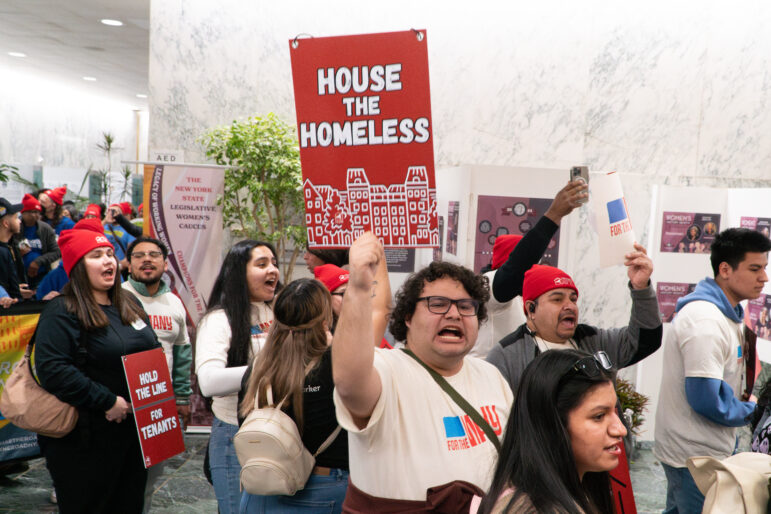
Photo by:
The right-wing push to hike the social security retirement age is a warning siren to New York’s communities of color.
More low income workers—who in New York City are disproportionately of color—would toil till death, while the wealthiest—mostly white—would continue to enjoy old-age leisure.
You could almost call it retirement apartheid.
Make no mistake: The policy would have particularly dire implications for New York City, which is exceptional both in racial diversity and economic inequality. The Big Apple is less than half white in a country that is about three quarters white. Our wealthiest one percent claims a stunning 45 percent of the total earnings, putting us on par with Honduras in income distribution.
Across the five boroughs, workers of color disproportionally fill lower-paying physically demanding occupations, such as home health care, construction and transit operation.
A whopping 57 percent of the employed Latino population fits this category. For African American workers, the proportion is 45 percent, for Asians it’s 38 percent, and for white workers, 28 percent.
Added years of work may be bearable for an office professional with access to healthcare, paid leave and leisure activities. But it’s not for workers who carry heavy tools, empty bedpans or spray insecticide. These are grueling tasks for the young and able-bodied, let alone for the elderly.
Men, whose life expectancies are shorter than women’s and who are overrepresented in the physically taxing construction and transport occupations, would suffer disproportionate impact. This is especially true for African American men.
Consider life expectancy at birth: a dismal 69.7 years for black men, compared to 75.7 for white men. (Black and white women’s life expectancies are 76.8 and 80.8 at birth, respectively.) This disparity narrows with age, but it never disappears. At 50, white men can expect to live another 29.2 years, while black men can only expect to live another 25.4 years. An increased retirement age will further redistribute black men’s earnings to longer-living workers.
Some argue that the retirement age must increase to keep pace with longevity. But longevity gains have accrued almost exclusively to privileged earners. This is true across the nation, not just in New York.
Consequences to individual low-income workers will ripple throughout New York City’s neighborhoods, as African American and Latino communities loose a larger proportion of their older members to extended years of work and earlier death brought on by physical hardship and lack of retirement security.
Households in which grandparents are primary caretakers of children—in absolute terms, there are twice as many African American families in this category than white ones—will suffer as older relatives are forced to choose between providing vital unpaid care for children and working to secure their economic survival.
Finally, elderly community members, who often fill vital roles as neighborhood watchdogs or tenant association leaders, will be pushed back into the workplace or onto the couches of sympathetic relatives.
Certainly that’s a hardship for those directly impacted, but it’s also a loss to the working and low-income neighborhoods that benefit from the informal contributions of their retirees.
Luckily, our social security program is in solid shape and will remain so for at least two decades. There are reforms that would strengthen it further while protecting vulnerable seniors from poverty. One is imposing social security taxes on high incomes that are now exempt. This would help close any future deficits without burdening lower income workers.
In robust economic times, a hike in the retirement age would hurt. These days, it’s a terrifying threat. Our city’s diversity and vitality, its function as a stepping stone for new immigrants, can’t abide a system in which low-income workers are forced to toil till death.
Our elected leaders in Washington act must stand up for New York’s workers and reject proposals to hike the retirement age.








